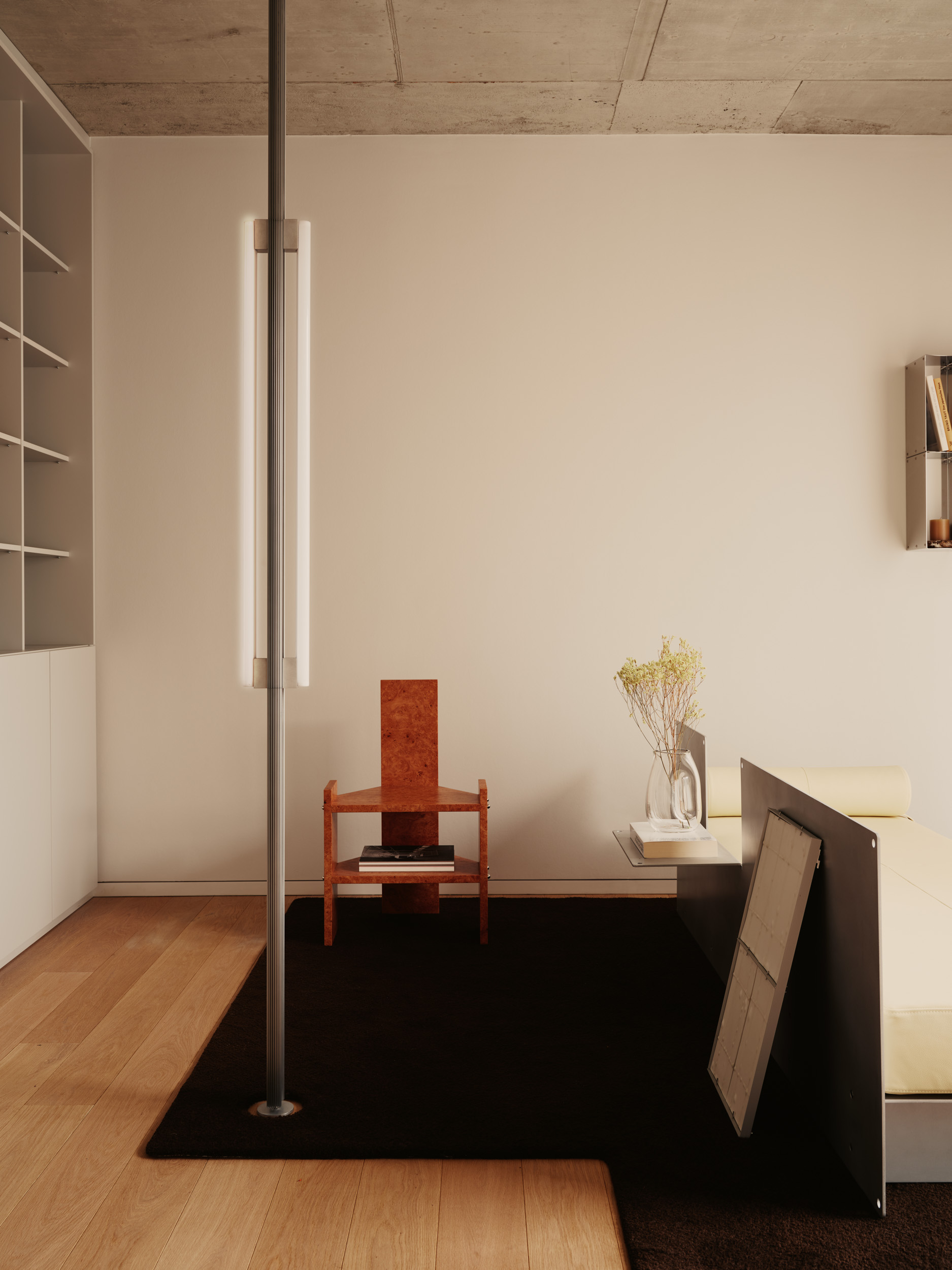
Garth Global
Ephemeral interventions as snapshots of possibilities in the heart of Berlin
Garth Roberts is a designer and creative director. In 2010, he founded his own studio, garth™, but today we’re here to discuss the collaborative project he launched with three renowned designers: Vignettes. It is a series of temporary interventions in indoor spaces by Fernando Laposse, Lotto Studio, and Studioutte, three distinct approaches to inhabiting a space, each representing a unique aspect of contemporary life.
In Vignettes, the spaces represent a fluid dance of contrasts: they are open yet sheltered, intimate but transparent, offering a sense of calm amid Berlin’s hustle and bustle. “The project seeks to explore the aesthetic and emotional potential of domestic life, shaped by the iconic architecture of these spaces,” Garth explains.
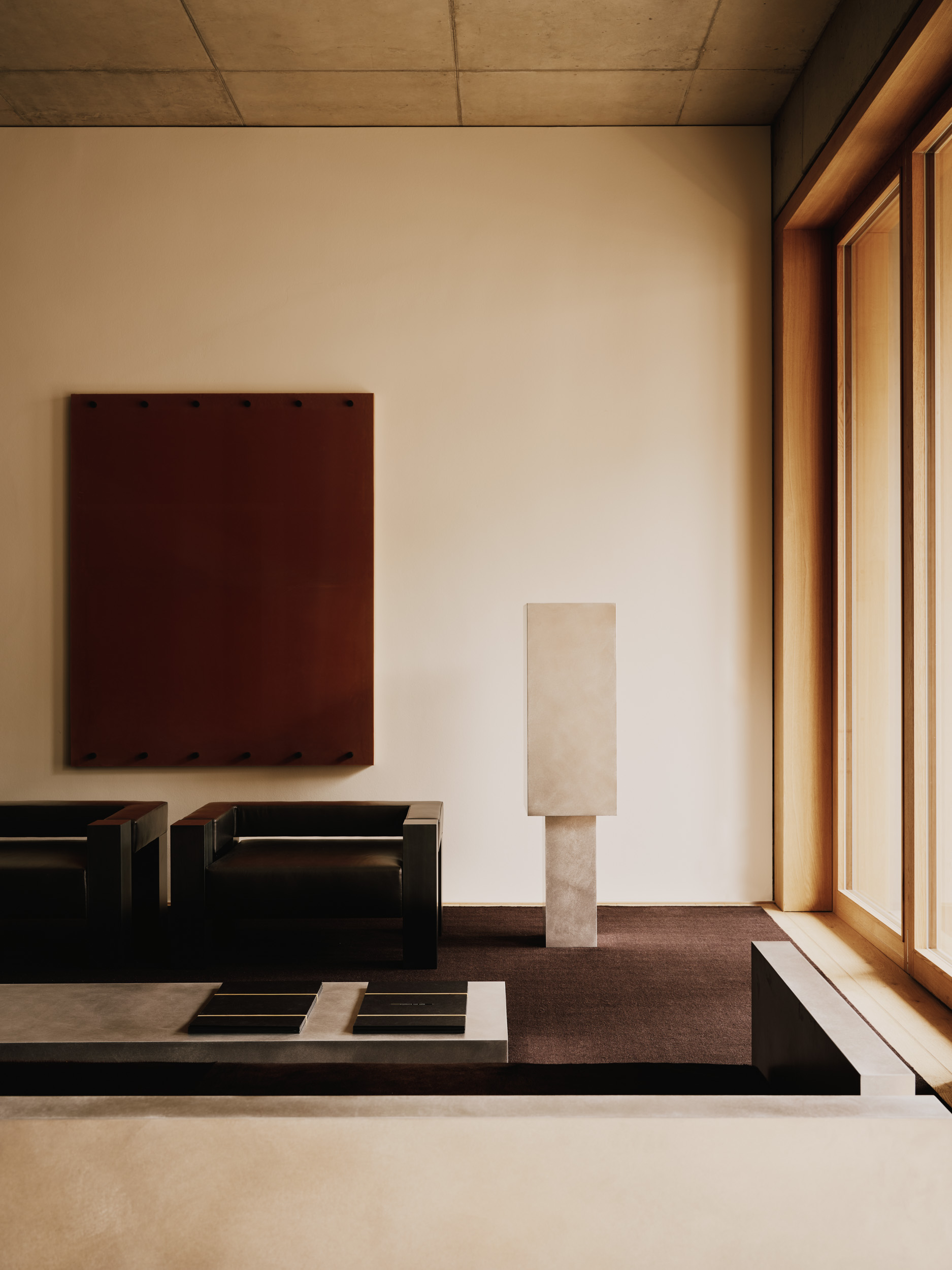
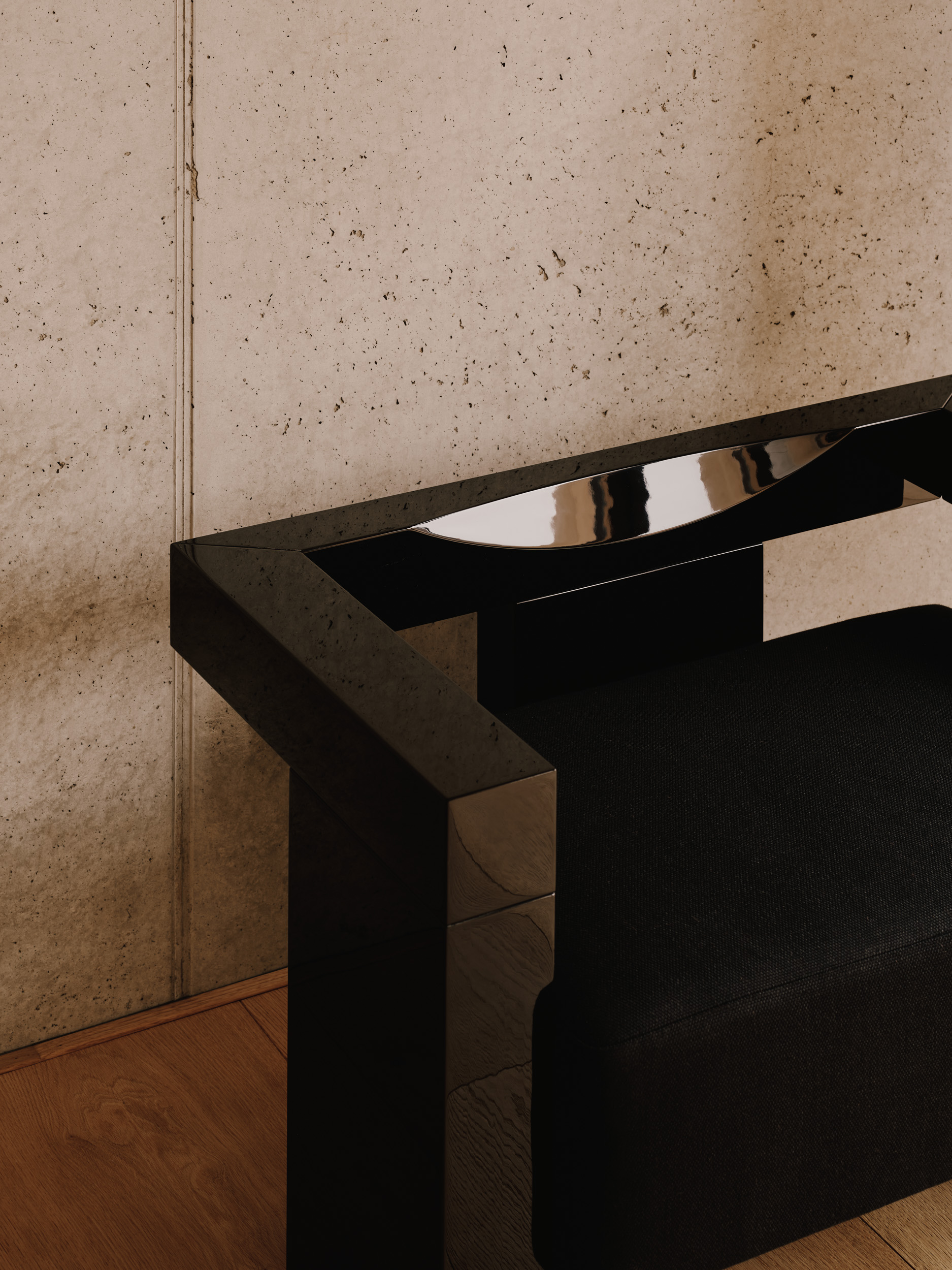
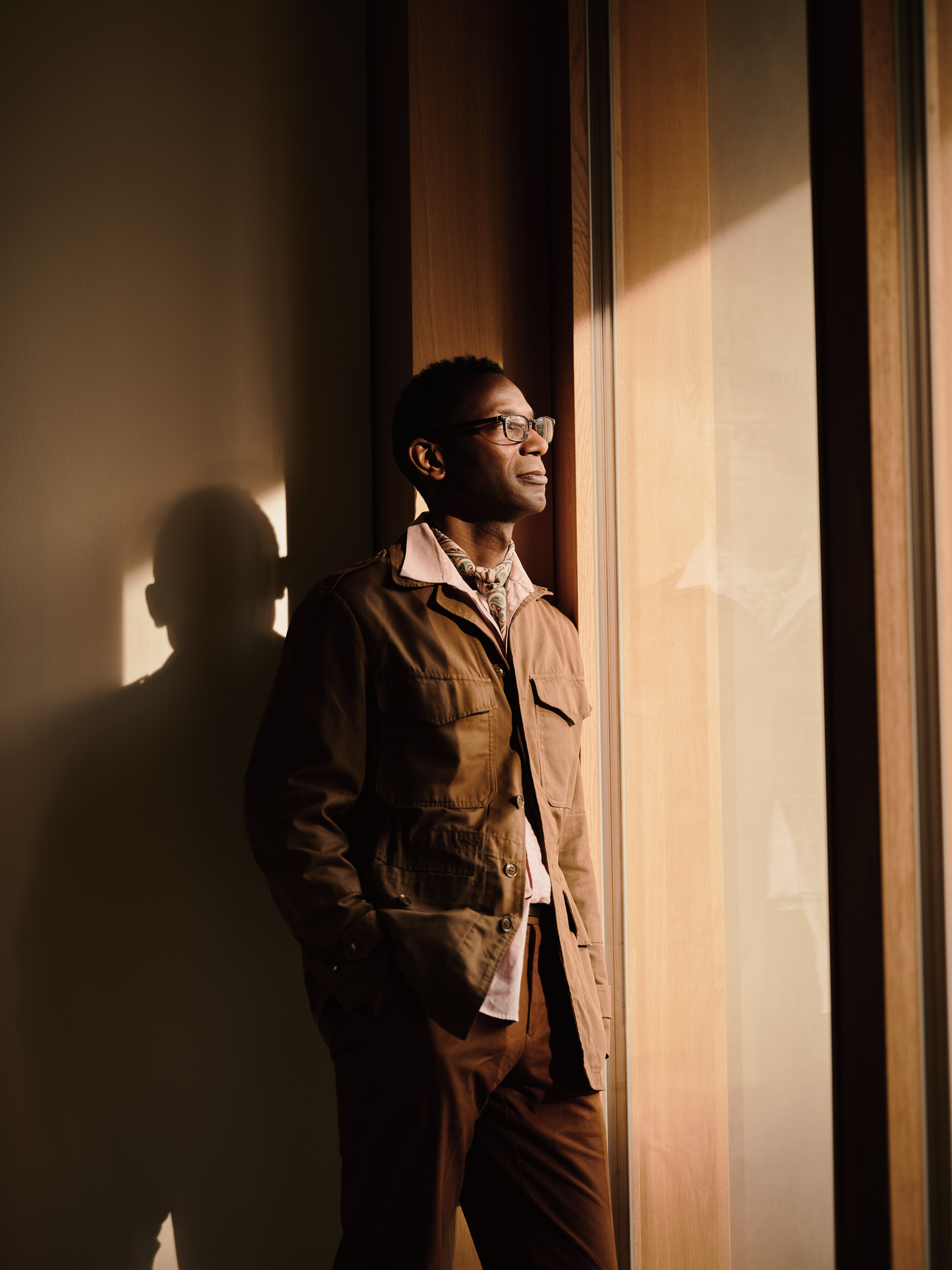
With this in mind, the three design studios developed concepts that move away from fully furnished interiors. Instead, they focus on small interventions that ignite personal imagination. Garth explains that, for him, such an approach holds far more impact than exposing every detail, which is reflected in the project’s name: Vignettes, meaning snapshots of possibilities.
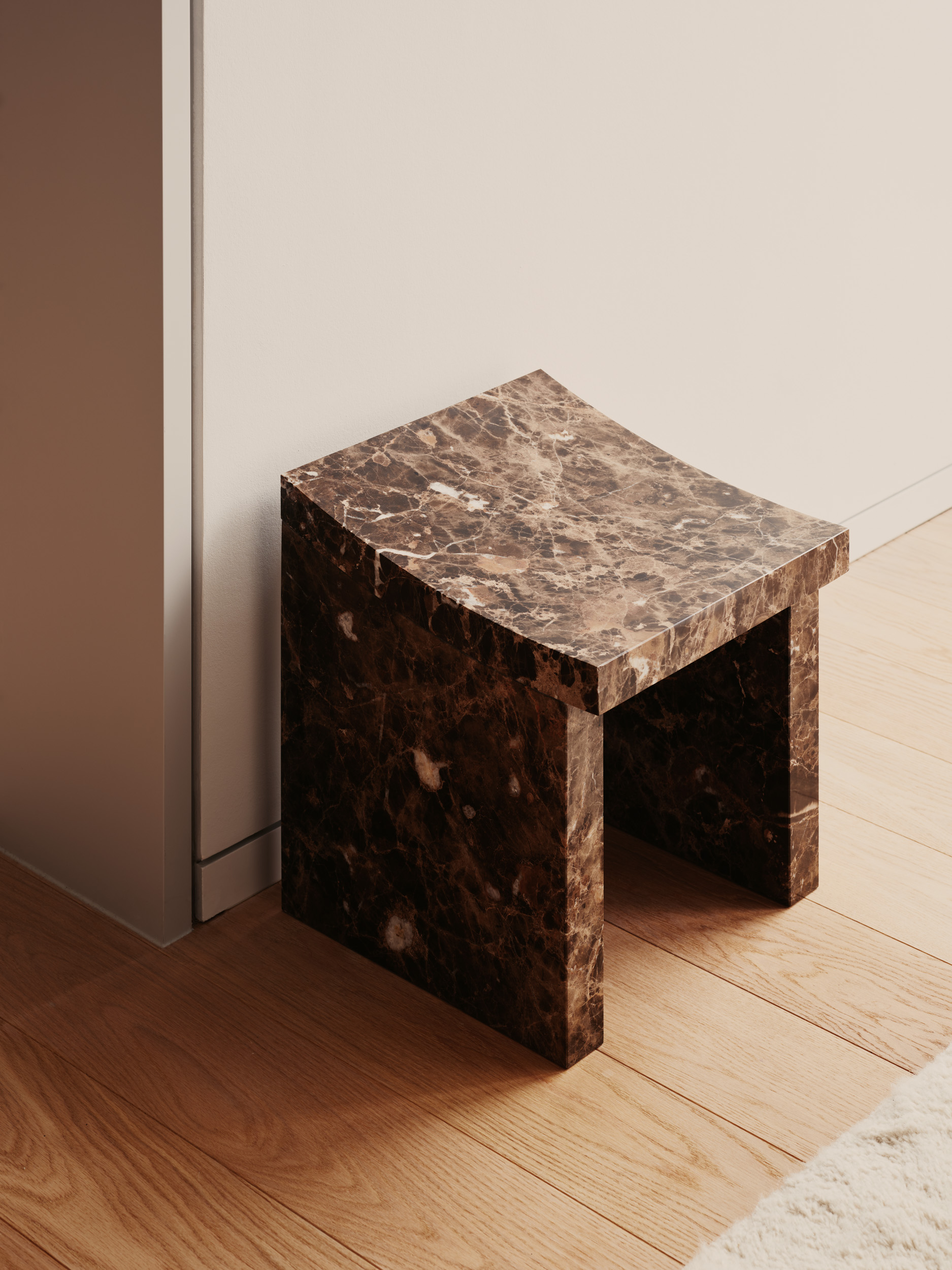
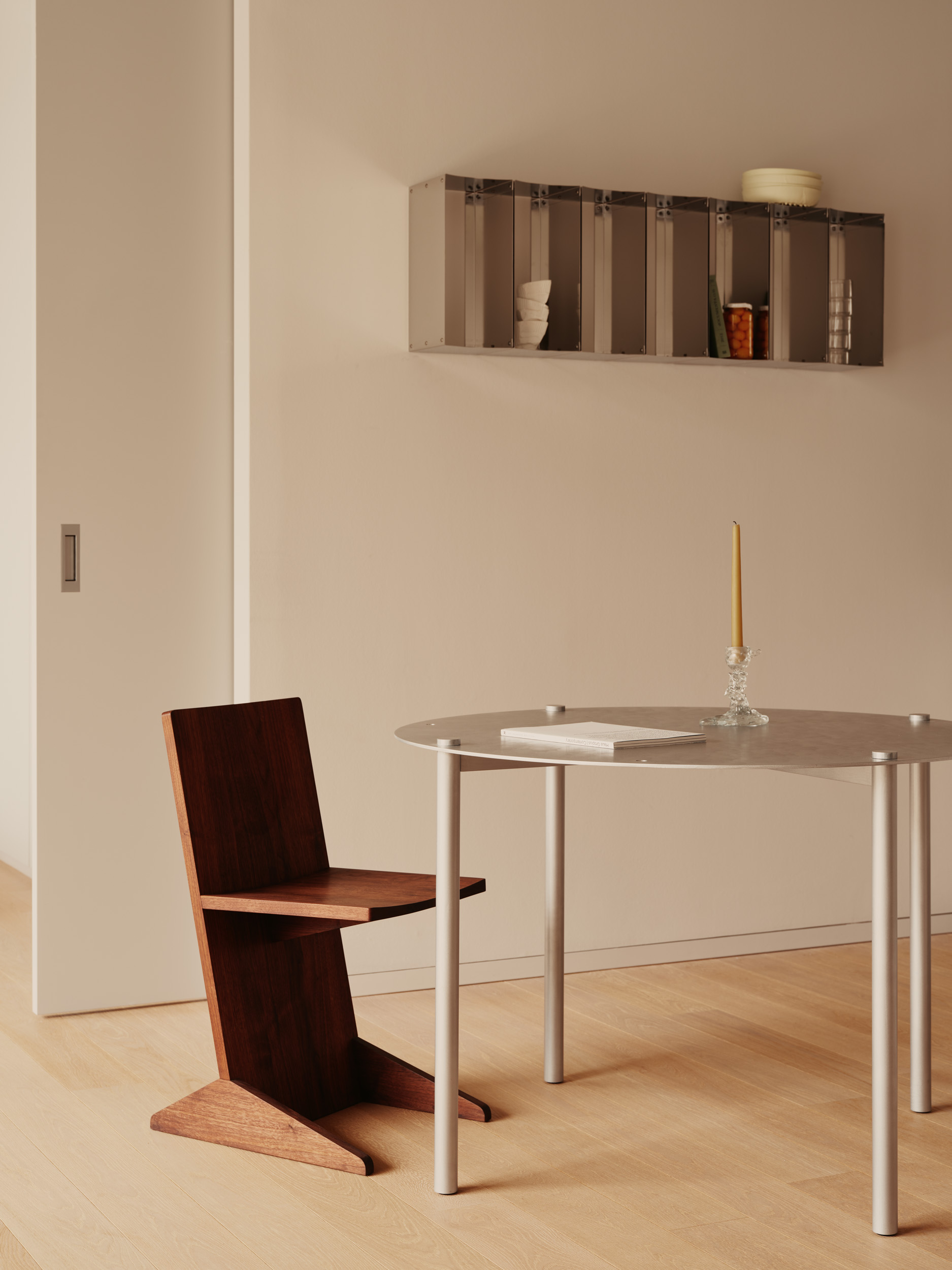
The three buildings are residential and part of the AM TACHELES complex in Berlin’s Mitte district. Designed by Herzog & de Meuron in collaboration with Grüntuch Ernst Architekten, Brandlhuber, and Muck Petzet, the complex was conceived to transform the heart of the city into a vibrant hub for art and culture—a historic area that aims to blend international sophistication with Berlin’s distinctive lifestyle.
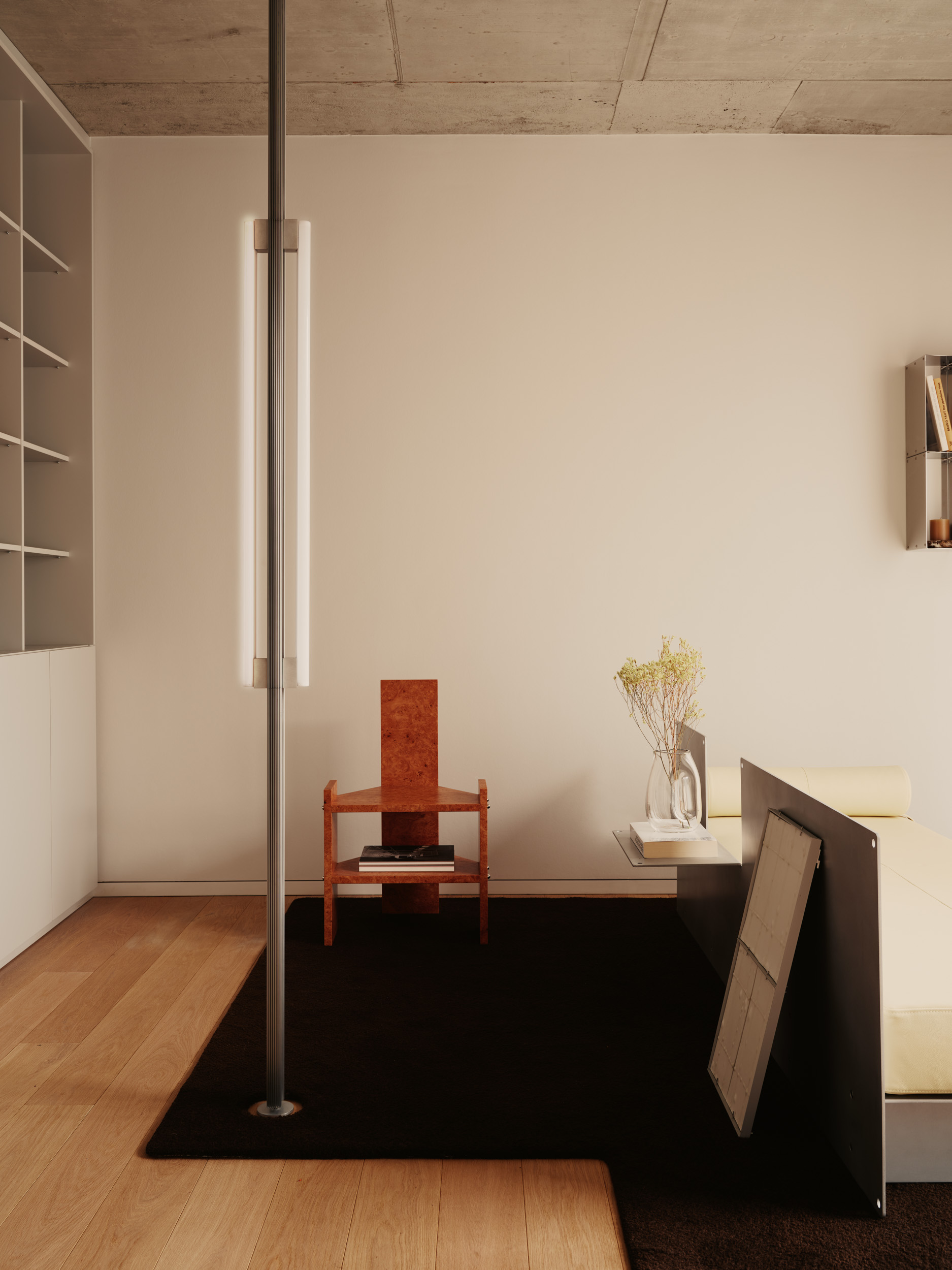
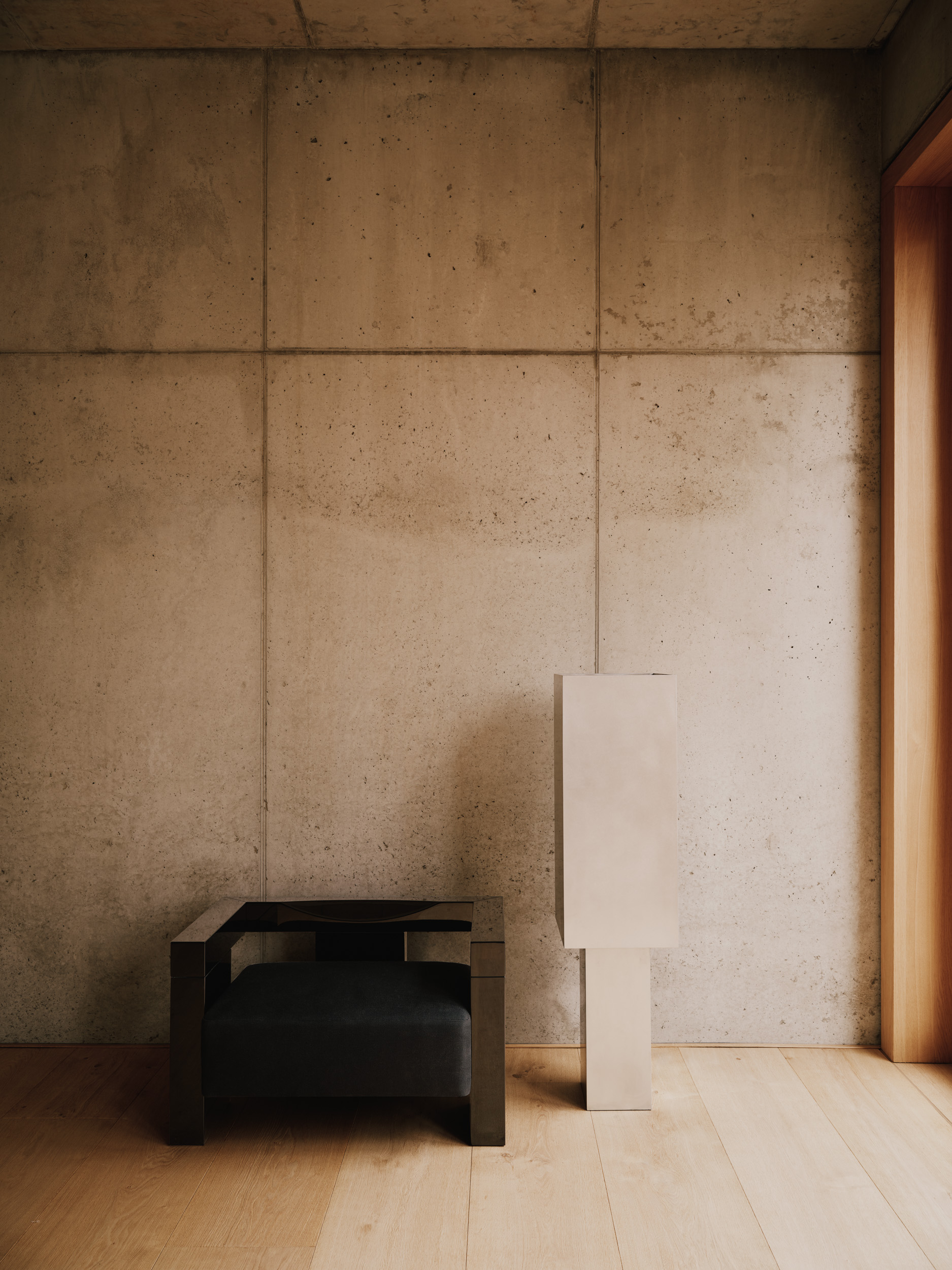
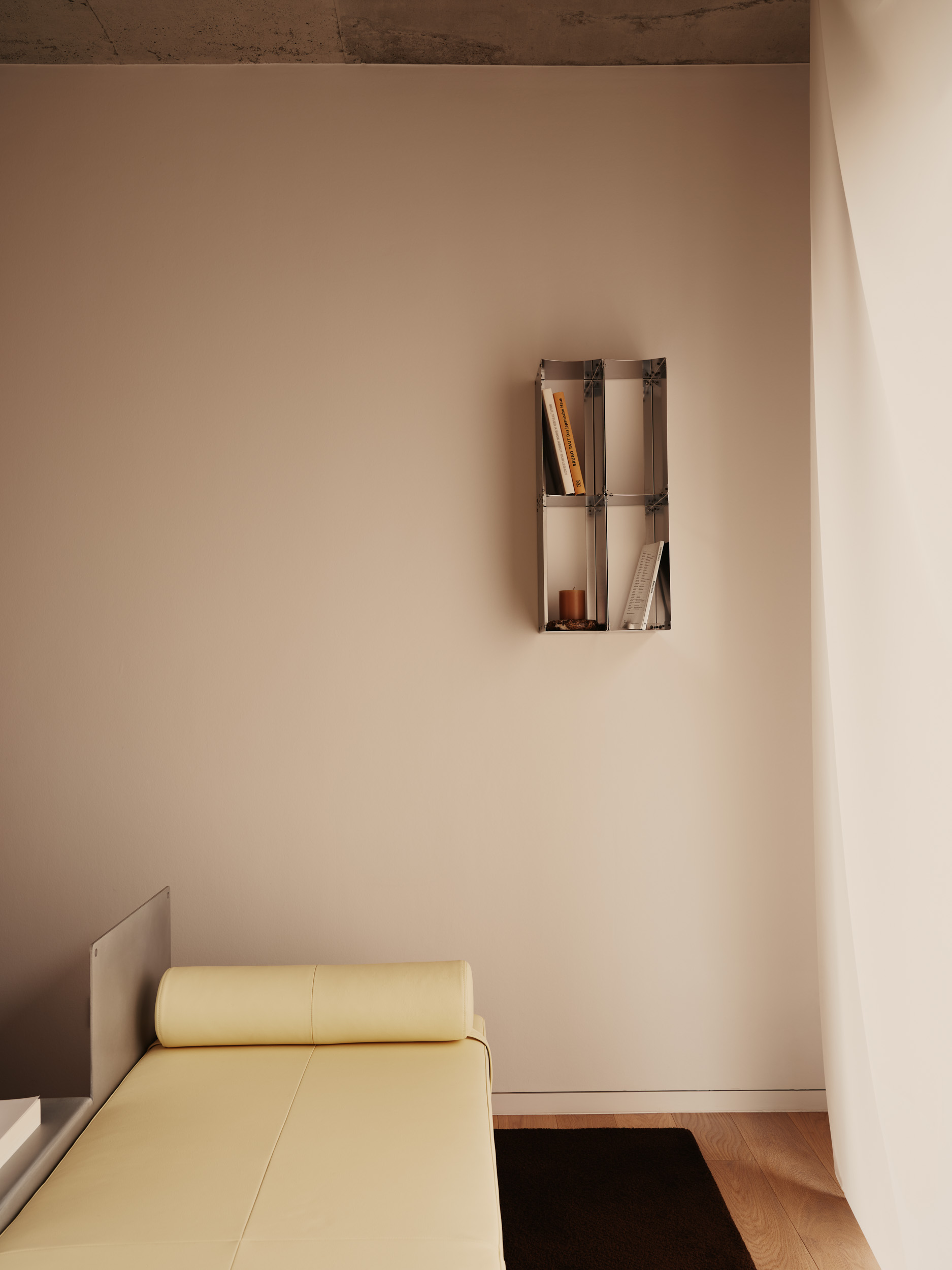
On one side, the Milanese duo Studioutte chose Herzog & de Meuron’s opulent Frame building. They developed an architectural language that fuses ancient Italian traditions with contemporary rawness, describing it as “soft brutalism.” The designers explain that they aimed to create an immersive space, where deep shadows are paired with various types of aluminium, such as an extra-long sofa bed upholstered in pony skin. It is their interpretation of a style that feels uniquely “Berlin.” Mexican architect Fernando Laposse, on the other hand, selected the Joux building by Brandlhuber and Muck Petzet, describing it as “a small world within the city and the only coloured building.” For this project, he worked with materials that reflect that essence: fibre, corn husks, and an abundance of wood in peach and pink tones. He also created a handmade headboard woven from agave fibers. “The materials speak of their origins,” he explains. With this deep respect for materials, he shapes a practice focused on sustainability while still delivering glamorous and joyful designs.
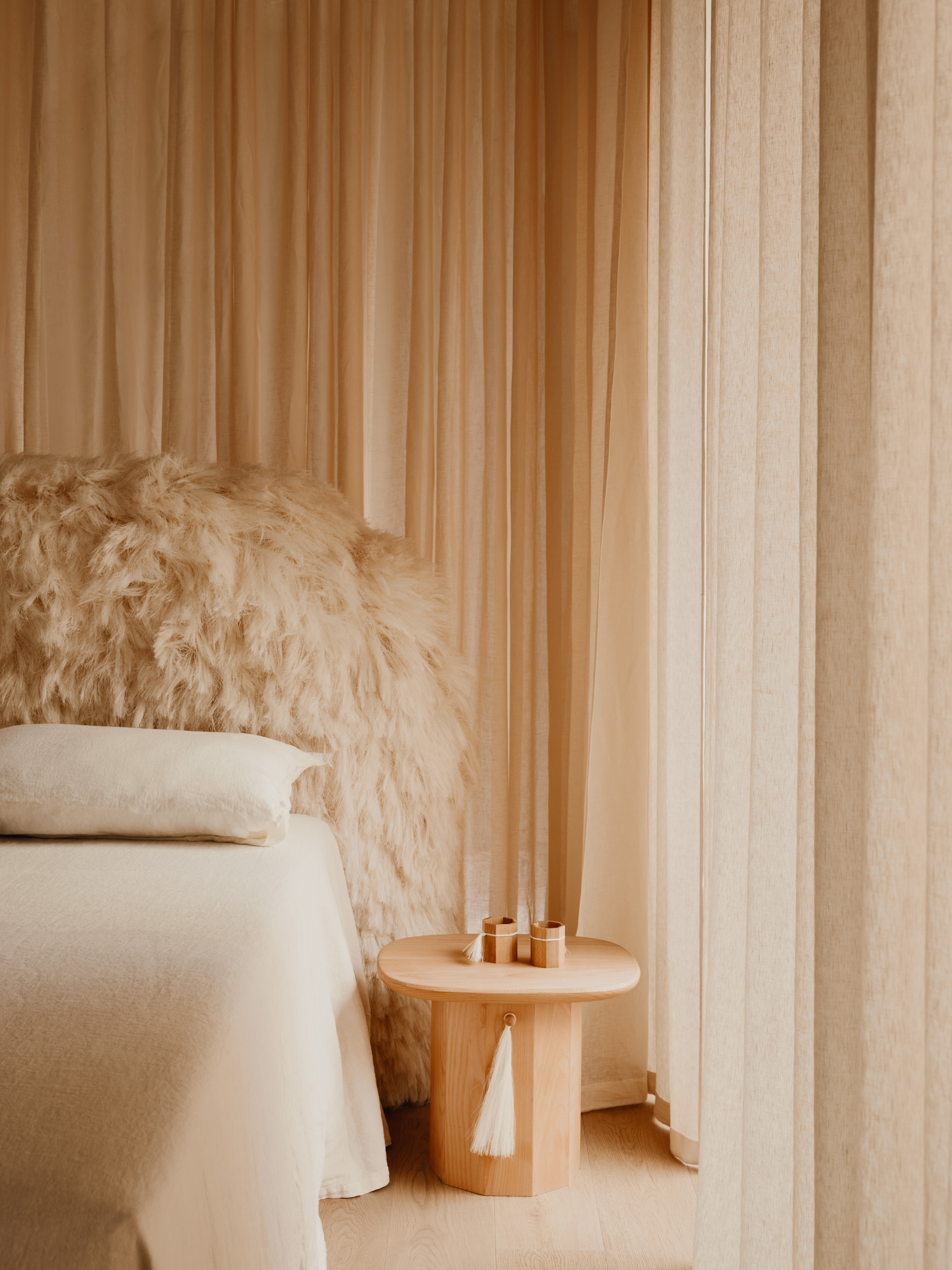
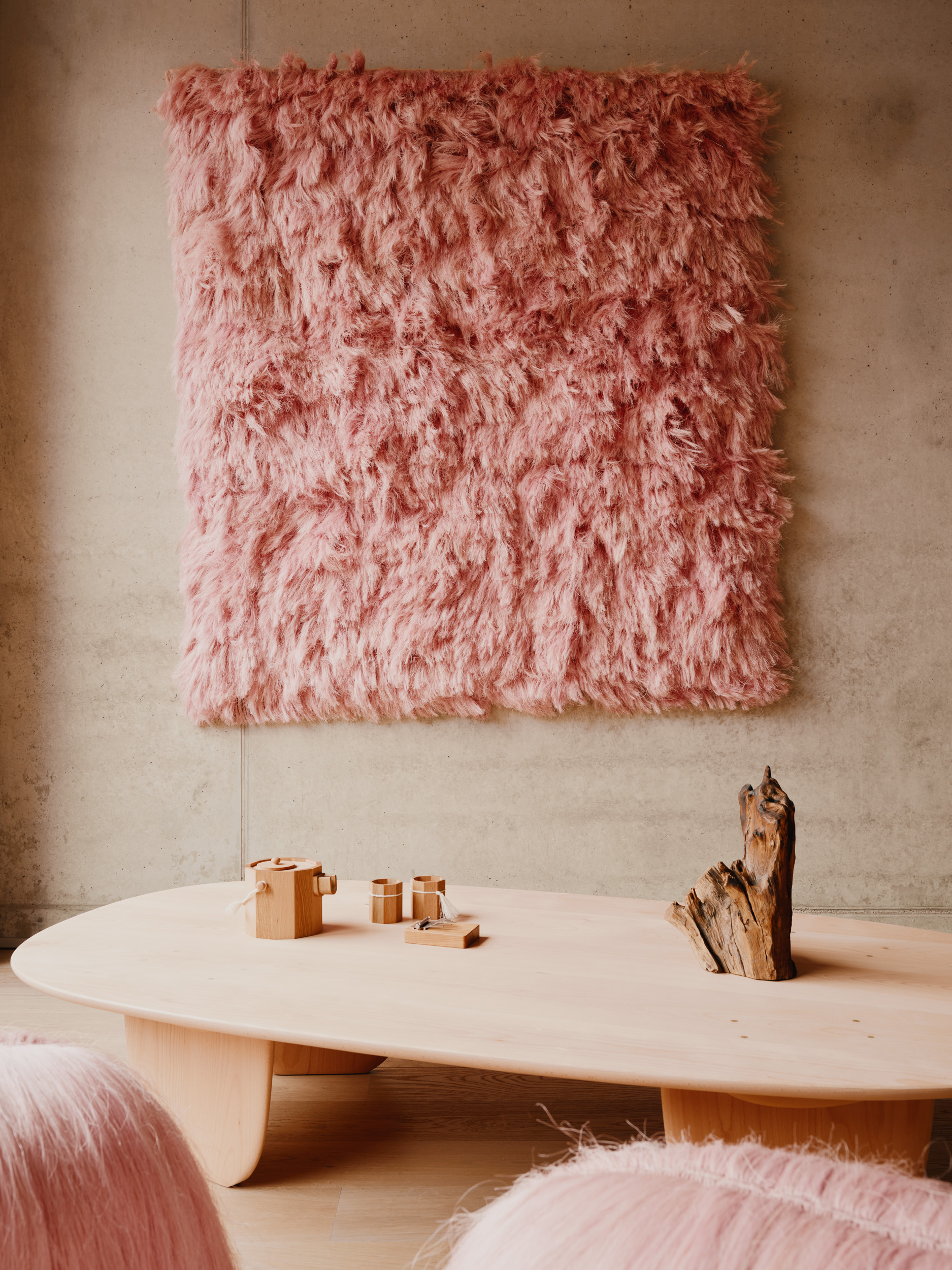
Finally, the Berlin-based Lotto Studio chose the Suites building by Grüntuch Ernst Architekten, which perfectly aligns with their aesthetic philosophy: clean lines, aluminium frames, and grey tones. Their creative process revolves around recontextualising and reinterpreting objects, materials, and processes, always with an eye for unconventional approaches. It makes sense, then, that in Suites, they combined classic, luxurious materials with everyday ones, reimagining both objects and textiles. A standout feature is a sculptural lamp that extends from floor to ceiling like a post, alongside a double bed with an extra-tall aluminium headboard.
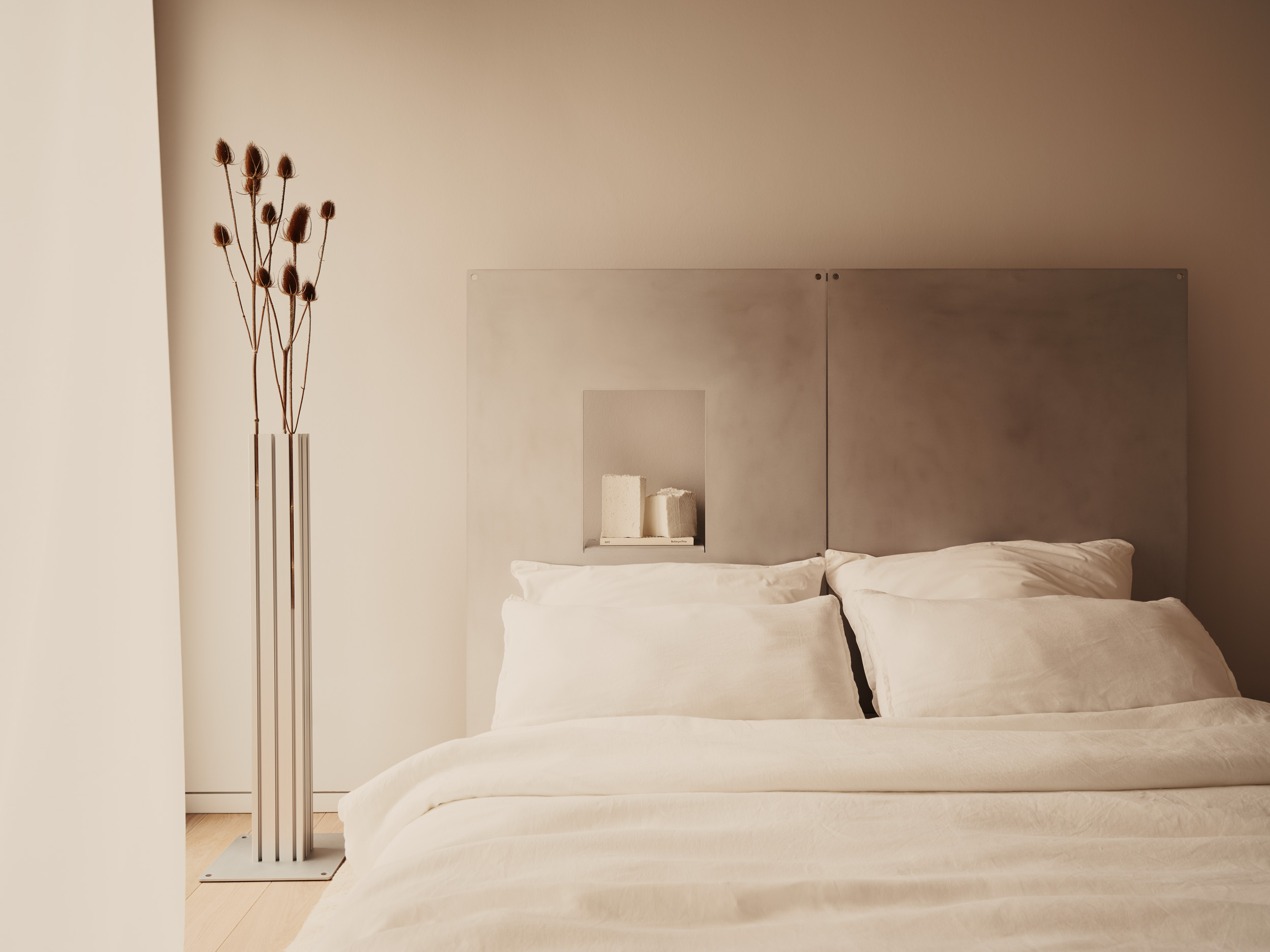
Returning to the roots of the project, I ask Garth what inspired him to create it. He highlights the importance of collaboration and of designing spaces that connect different disciplines. Equally important to him is strengthening Berlin’s design scene and fostering synergies between countries. He shares this perspective as someone who divides his time between Berlin, New York, and Milan, though he admits to being particularly drawn to the eclecticism and uniqueness of Berlin.



